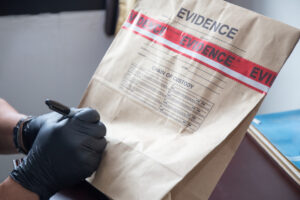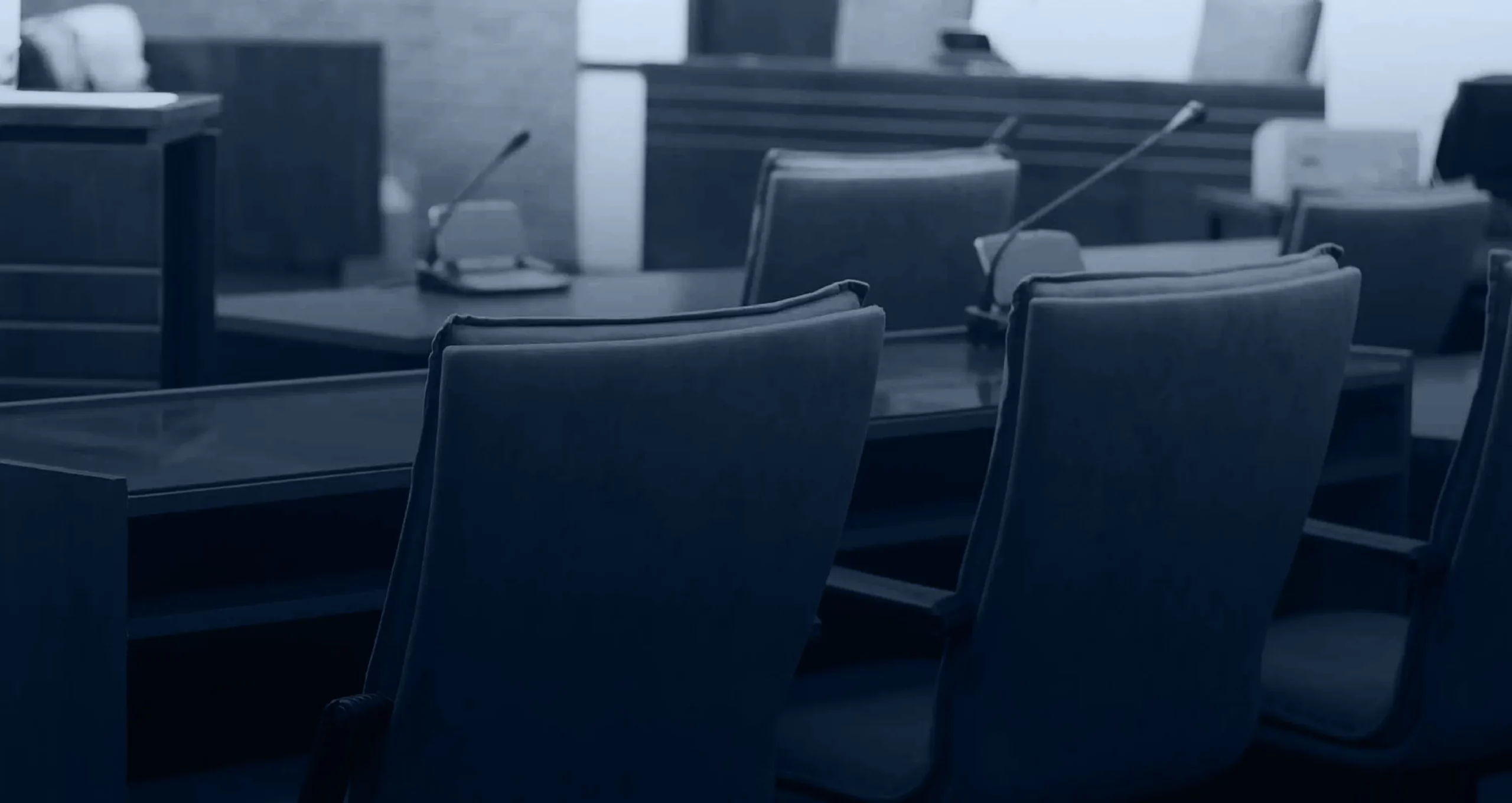
When bringing a claim, certain parties are expected to provide evidence in favor of their contentions – creating a burden of proof. Navigating the burdens of proof involved in a lawsuit can seem complex and confusing. It can be difficult to understand who has to prove their arguments and how much proof they need.
This comprehensive resource will delve into the concept of the burden of proof, which is important to the outcome of your personal injury case.
What Is the Burden of Proof?

The “burden of proof” refers to the responsibility of the parties involved in a case to establish the truth of their claims. In personal injury cases, this concept tells us who must prove their case to prevail in court. Whether a party can establish the initial burden of proof can have a significant impact on how the rest of the lawsuit proceeds.
Types of Burdens
The “burden of proof” includes two different kinds of burdens: the burden of persuasion and the burden of production. The burden of persuasion refers to the level of certainty that the evidence must meet. The burden of production is the party’s responsibility to produce evidence on specific issues.
Whether the parties have met their burden of production is left to the judge to decide. Whether the parties have met the burden of persuasion, on the other hand, is left to the jury.
Standards for the Burden of Proof
In personal injury cases, there are generally two main standards for burdens of proof: the preponderance of the evidence and clear and convincing evidence.
Preponderance of the Evidence
This is the standard of proof typically used in civil cases, which are cases that are not criminal cases. Most personal injury cases follow this “preponderance of the evidence” standard. This means that the injured party, the plaintiff, must prove that their version of events is more likely to be true than not true. In other words, they need to demonstrate that there is a greater than 50% chance that their claims are valid.
Personal injury cases often involve the negligence of another party. In cases involving another party’s negligence, the burden of proof remains on the plaintiff until the plaintiff has proven all of the elements of negligence.
Beyond a Reasonable Doubt
The standard of proof typically used in criminal cases is “beyond a reasonable doubt.” It is a higher standard of proof than preponderance of the evidence. It requires the prosecution to provide evidence that will overcome the jury’s reasonable doubts about a defendant’s innocence. This standard is not used in personal injury cases.
Clear and Convincing Evidence
Clear and convincing evidence is a more strict burden of proof standard than preponderance of the evidence, but less strict than the beyond a reasonable doubt standard. It is used in personal injury cases in certain contexts, such as if you are demanding punitive damages.
How Does the Burden of Proof Impact Personal Injury Cases?
Understanding the burden of proof is crucial because it shapes the dynamics of a personal injury case:
The Plaintiff’s Responsibility
As the party bringing the lawsuit, the plaintiff bears the initial burden of proving their case. This includes demonstrating that all the elements of their claim have been meet. In a negligence case, a common type of personal injury case, the plaintiff must prove the four elements of a negligence claim: duty, breach, causation, and damages.
That means that the plaintiff must show that:
- The defendant owed them a duty of care;
- The defendant breached that duty through negligence or intentional misconduct;
- The plaintiff suffered injuries; and
- The defendant’s actions caused those injuries.
Proving all of these elements is called establishing the prima facie case. Prima facie means “on its face.” By establishing the elements of the claim, the plaintiff will show that, on its face, the case should be resolved in the plaintiff’s favor.
Shifting the Burden to the Defendant
Once the plaintiff has met their burden of proof, the defendant may present their defense. The burden of proof then shifts to the defendant to prove any affirmative defenses they may have.
However, the defendant does not have to prove their innocence by default. The defendant merely needs to cast doubt on the plaintiff’s claims by presenting rebuttal evidence.
Contact a Trusted Chicago Personal Injury Lawyer
If you or a loved one is involved in a personal injury case, it’s essential to consult with an experienced attorney like the ones at Zayed Law Offices Personal Injury Attorneys. Contact our Chicago personal injury lawyers who can assess the specifics of your case and guide you through the legal process, you can call (312) 726-1616 to ensure your rights are protected and that your burden of proof is met.







